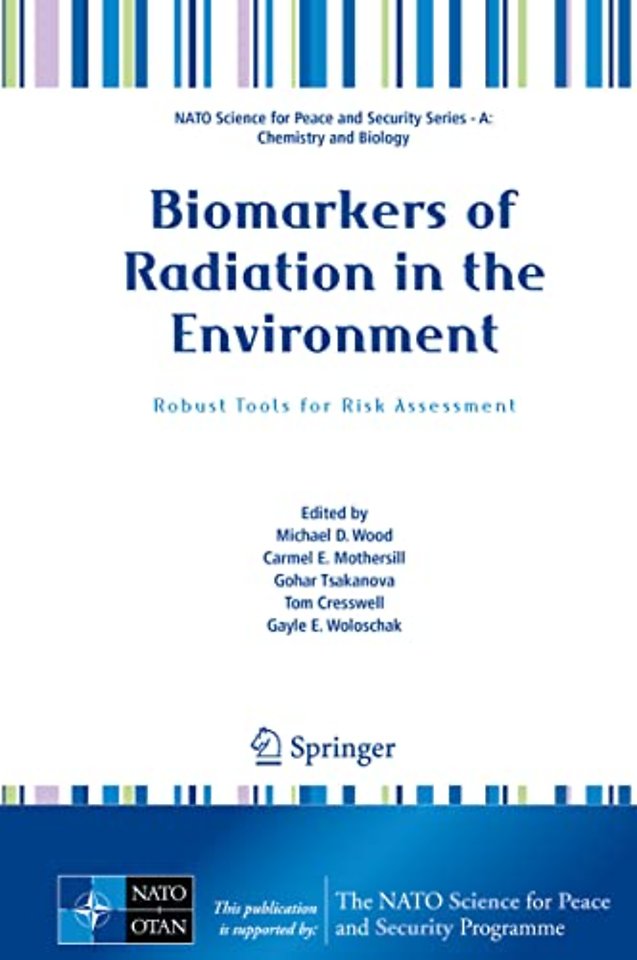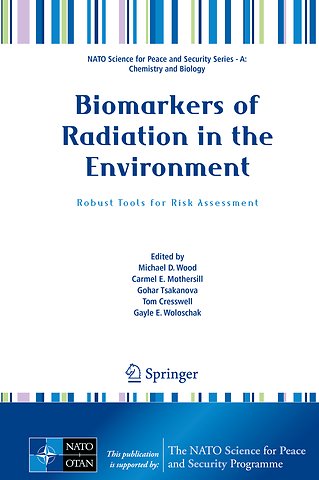Biomarkers of Radiation in the Environment
Robust Tools for Risk Assessment
Samenvatting
This proceedings volume results from the NATO Advanced Research Workshop on 'Biomarkers of Radiation in the Environment: Robust Tools for Risk Assessment (BRITE)’. The BRITE workshop discussed insights from cancer research, epigenetics, non-human and human risk assessment, since many of the state-of-the-art biomarkers being developed for humans deserve consideration for environmental applications and vice versa. Sessions were very wide-ranging covering methods, mechanisms, cross disciplinary application and regulation.
The chapters in this book have been grouped into five major themes that were covered by the BRITE workshop:
· Techniques for biomarker development
· Low-dose effect mechanisms
· Biomarkers for risk evaluation
· Biomarkers in wildlife
· Biomarker use and responses
Each chapter has been written independently and reflects the views of the chapter author(s). Therefore, the readers can form their own balanced view of the different perspectives on biomarkers of radiation in the environment. Given the breadth of topics covered and the state-of-the-art perspectives shared by leading experts in their respective fields, this book should form a valuable resource for anyone with an interest in how biomarkers can be used to improve our understanding of radiation in the environment and its potential impacts.
Specificaties
Inhoudsopgave
Net verschenen
Rubrieken
- aanbestedingsrecht
- aansprakelijkheids- en verzekeringsrecht
- accountancy
- algemeen juridisch
- arbeidsrecht
- bank- en effectenrecht
- bestuursrecht
- bouwrecht
- burgerlijk recht en procesrecht
- europees-internationaal recht
- fiscaal recht
- gezondheidsrecht
- insolventierecht
- intellectuele eigendom en ict-recht
- management
- mens en maatschappij
- milieu- en omgevingsrecht
- notarieel recht
- ondernemingsrecht
- pensioenrecht
- personen- en familierecht
- sociale zekerheidsrecht
- staatsrecht
- strafrecht en criminologie
- vastgoed- en huurrecht
- vreemdelingenrecht

